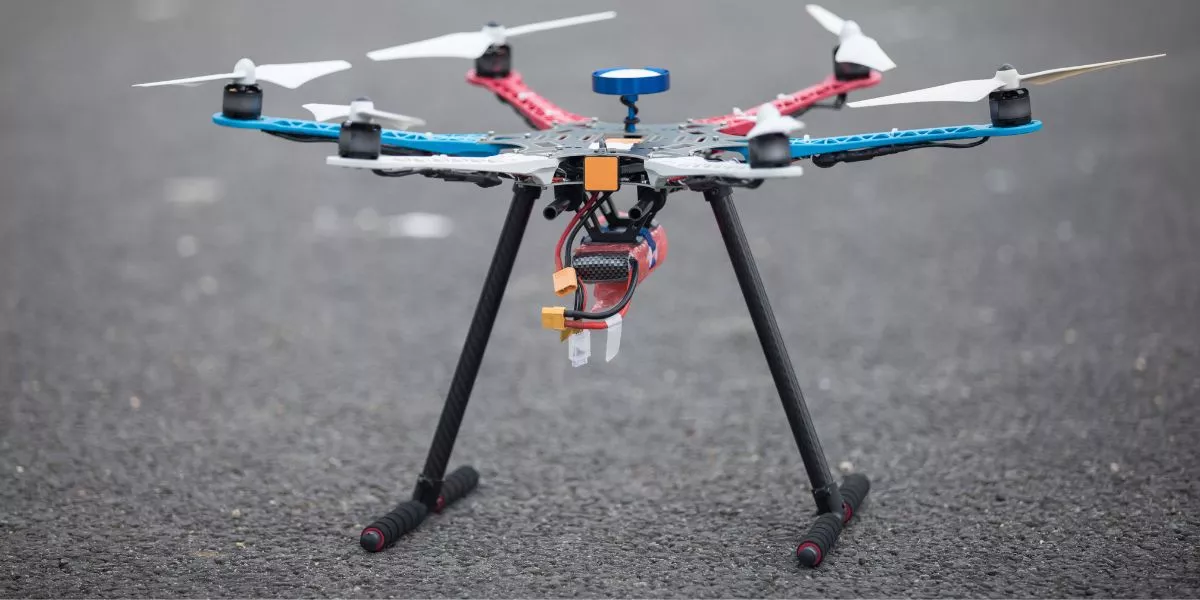When you’re considering a drone, it’s crucial to understand the difference between GPS and non-GPS models. GPS drones offer precise navigation and autonomous features, making them easier to control and safer to fly. On the other hand, non-GPS drones can be more challenging, especially in tricky conditions. This distinction can significantly impact your flying experience and capabilities. So, how do you decide which type is right for you? Let’s explore the details.
Understanding GPS Technology in Drones
GPS technology is a game-changer for drones, providing precise navigation and positioning capabilities. When you fly a GPS-equipped drone, you can enjoy automated flight paths, making your tasks smoother and more efficient.
It allows your drone to lock onto satellites, giving you real-time location data. This means you can set waypoints and let the drone autonomously navigate to each point without constant manual control.
With GPS, you can easily return your drone to its takeoff point if it loses connection or runs low on battery, enhancing safety.
You’ll also find features like geofencing, which prevents your drone from flying into restricted areas. Overall, understanding GPS technology is crucial for maximizing your drone’s performance and ensuring safe flights.
Benefits of GPS Drones
When you choose a drone equipped with GPS, you unlock a range of advantages that enhance your flying experience.
First off, GPS drones provide accurate positioning, allowing you to hover in place or follow pre-set flight paths with precision. This reliability is perfect for aerial photography and surveying.
You’ll also appreciate the return-to-home feature, which ensures your drone safely returns to its starting point if the battery runs low or you lose signal.
Navigating complex environments becomes easier, as GPS helps avoid obstacles and maintain stability.
Plus, with geofencing capabilities, you can restrict your drone’s flight area for added safety.
Limitations of Non-GPS Drones
While non-GPS drones offer a more budget-friendly option for flying enthusiasts, they come with notable limitations that can affect your overall experience.
Without GPS, you’ll struggle with precise positioning, making it difficult to maintain a steady flight path. You’ll often find these drones drifting or losing their orientation, especially in windy conditions.
Additionally, non-GPS drones typically lack features like automatic return-to-home, which can lead to lost drones if they fly out of sight. The absence of GPS also means you won’t benefit from waypoint navigation, limiting your ability to plan complex flight routes.
Lastly, flying in crowded or unfamiliar areas can be challenging, as you won’t have the spatial awareness that GPS technology provides.
Choosing the Right Drone for Your Needs
How do you choose the right drone for your needs? Start by defining your purpose. If you’re capturing stunning aerial photos or videos, a GPS drone with high-resolution cameras is essential.
For racing or recreational flying, a non-GPS drone might suit you better due to its agility and speed. Consider the flight time and range; longer battery life means more time in the air.
Think about your budget, too—GPS drones generally cost more but offer advanced features. Lastly, check the weight and size, especially if you need portability.
Conclusion
In summary, choosing between GPS and non-GPS drones comes down to your needs and flying experience. If you want precision, stability, and safety features, a GPS drone is the way to go. On the other hand, if you’re looking for a more hands-on challenge and don’t mind the limitations, a non-GPS drone might suit you. Whatever you decide, understanding these differences will help you make an informed choice for your next flight adventure!

